
Your CPAP mask is just as necessary for your health as a triathlon participant’s running shoes is to his victory at the Olympics. Both mask and shoes must be replaced on a regular basis for optimum performance and results.
And just as important, whereas the Olympic gold medal offers the highest in sports achievement, so CPAP offers the highest in effective sleep apnea therapy. Replacing your CPAP mask on a regular basis is necessary for your best health results.
Insurance Coverage
Medicare and private insurance companies usually cover the cost of CPAP masks, but since coverage varies from one insurance company to the next, it’s a good idea to check with them to find out if they do cover the cost, what percentage they do cover, and what deductible or out-of-pocket expense you may incur.
How Often Should Masks be Replaced?
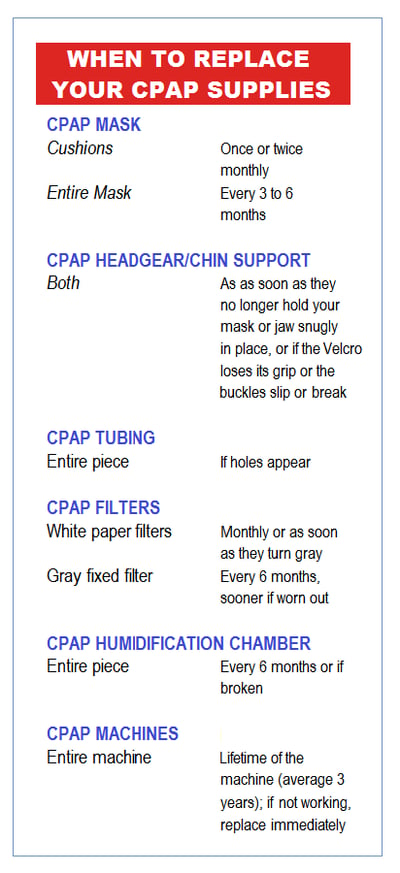 It is recommended that masks be replaced every 3 to 6 months, and headgear be replaced every 6 months. This chart shows the recommended intervals for CPAP supplies to be replaced.
It is recommended that masks be replaced every 3 to 6 months, and headgear be replaced every 6 months. This chart shows the recommended intervals for CPAP supplies to be replaced.
These intervals also vary among insurance companies, so check with your carrier.
A reputable durable medical equipment (DME) company should work closely with insurance companies, and they will be able to assist with equipment questions and possibly some coverage questions.
Mask Maintenance
To help your mask perform optimally, periodically inspect your mask for holes, leaks, tears, or other damage.
A good time to do your inspection is in the morning when you clean your mask. Wash your mask with warm soapy water and let it air dry in a safe place, away from direct sunlight, pets and children.
There is nothing worse than feeling alive and alert as a result of your CPAP and then finding your 8 year old son has painted your mask black, put it on and has become Darth Vader, terrorizing the neighborhood kids with his mind-boggling throat grip powers. Keep your mask in a safe place.
Wear and Tear Signs to Look For
Here are some signs to look for to determine if your mask needs replacement:
Is it older than six months old?
Has it lost its shape?
Does it have a hole in it?
Is it cracked or torn?
Does it not fit properly?
Is it uncomfortable to wear?
Is there seal deterioration?
Do you feel leaks?
Leaks
Every mask has an exhalation port built into it to expel the carbon dioxide that you breathe out. This leak is normal and must occur in order to protect you from carbon dioxide buildup.
After some use, the headgear that holds the mask to your face will begin to stretch, and an older mask will lose its shape (see below). When the headgear loses its integrity or the mask loses its shape, it is time for a new mask. Leaks can occur from either of these events.
Usual places to feel leaks from old or non-working equipment are around the eyes and mouth. Do not tighten the headgear to eliminate the leak; tightening may cause sores on your face or nose and may cause a larger leak. It’s time for a new mask and headgear.
Old Versus New
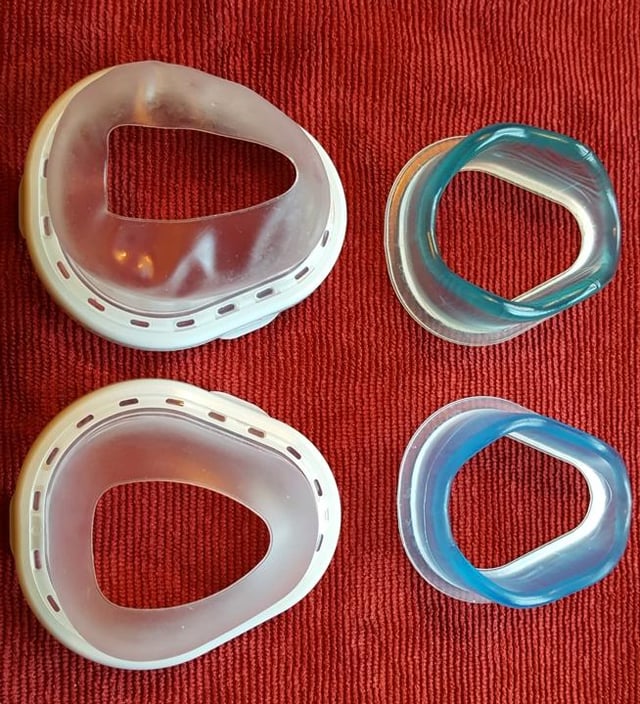
The photo above shows mask parts from a 9 month old mask cushion (on the top) and a brand new mask cushion (on the bottom). As you can see, the old mask cushion has lost its shape and its integrity.
"A Necessary Evil"
In a 2012 survey of CPAP users, 62 percent of the users saw cleaning their CPAP equipment as a “necessary evil.” About 35 percent of users clean their mask once every few weeks.
CPAP has been proven to be the most effective therapy for obstructive sleep apnea, and it has given people their lives back, and yet, more than half the people who use CPAP find it inconvenient to care for the mask. A clean mask will help ensure quality performance.
Bacteria
Cleaning your mask will prolong and improve its use, but even if it looks pristine, it is important to comply with the recommended replacement schedule. Oil, bacteria from your face, makeup and perspiration will break down the integrity of your CPAP mask.
In a 2009 study by Horowitz at Harvard University looking at compliance rates and mask hygiene, it was found that bacteria can be eliminated by washing a mask daily with warm soapy water. However, masks that had been used for six months or longer had an increase in the amount of bacteria, despite adequate daily cleaning. Horowitz concluded that the accumulation of bacteria on CPAP masks was unavoidable.
Compliance Rates
CPAP therapy can save your life, and yet, less than 50 percent of people who are prescribed CPAP therapy actually use their CPAP. Compliance for using CPAP is not good. The major reason people stop using CPAP is due to an uncomfortable mask. If you are having difficulties with your mask, contact your DME company. They will work with you to troubleshoot your problem or find a mask that will work for you.
Helping patients comply with their therapy is one of the most talked about topics in the sleep medicine field. CPAP equipment suppliers are always researching and developing new, more comfortable masks to help people comply with their therapy.
Verifying Use
Because compliance is low, some insurance companies have begun requiring verification of use before they will pay for new replacement parts. With advanced technologies, insurance and DME companies can easily determine how many hours of each night a patient is using the therapy. Smart Cards, telephone modems and internet hookups enable effective surveillance of patient therapy usage. 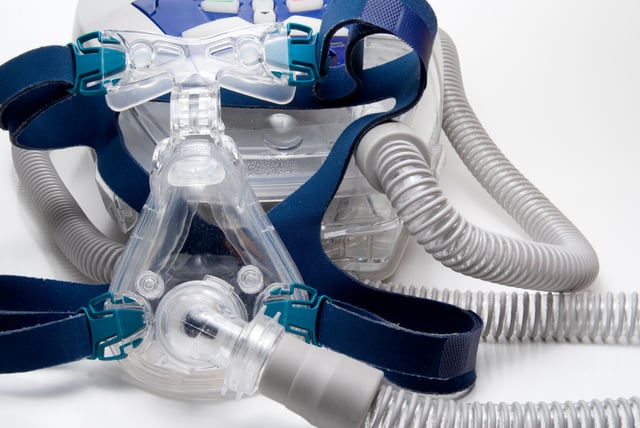
Scheduled Replacement
Sleep apnea is very treatable with CPAP. Following recommended parts replacement schedules will enable you to continue to uphold your health and thrive.
CPAP masks are designed to be disposable. Insurance and DME companies have made it easy to replace equipment. They have developed replacement schedules so the patient can be equipped with the cleanest, most highly operable equipment to provide vitality and good health.
You can request to be set up on a regular delivery basis, and the replacement parts will be mailed directly to your home on a regular basis without the fuss of your keeping track of schedules. Just make sure that your insurance company has a valid supply prescription on file and you are all set!
Many Years of Health
Equipment companies and insurance companies make every effort to help you become compliant with your CPAP therapy. Adherence to CPAP therapy reduces your risk of developing and experiencing the serious conditions associated with sleep apnea such as heart disease, hypertension, stroke, depression, just to name a few. Your commitment to comply with therapy will contribute to your living a healthy life.
Sources:
Horowitz S, Horowitz A, Chun C,. Sleep and Breathing: Care of CPAP Equipment A Factor in Compliance and Hygiene. SLEEP, Vol. 32, Abstract Supplement, 2009: A207.
Image Credits: www.ShutterStock.com









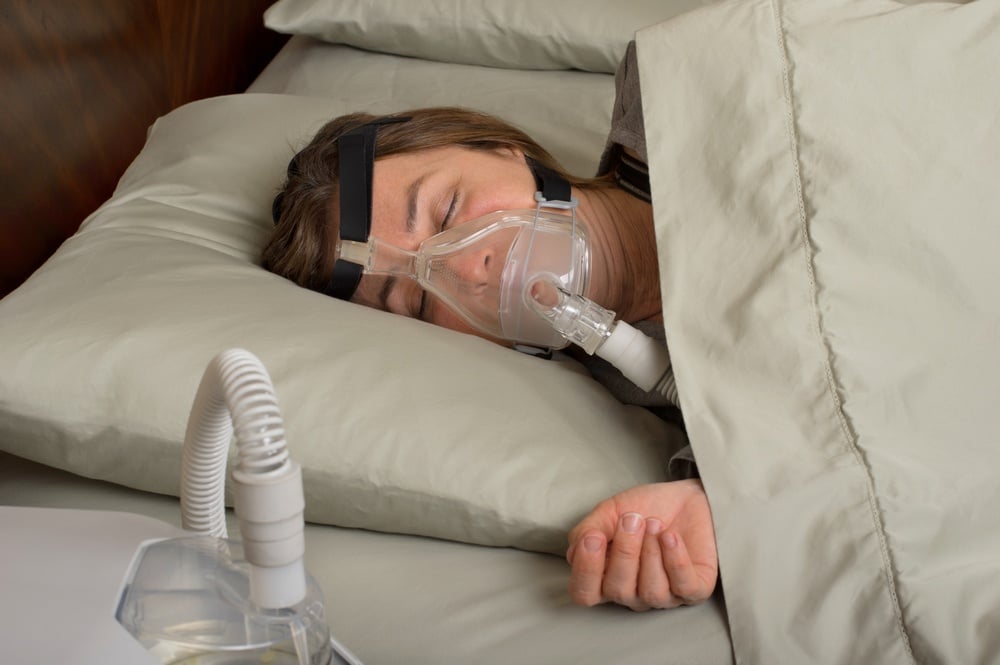

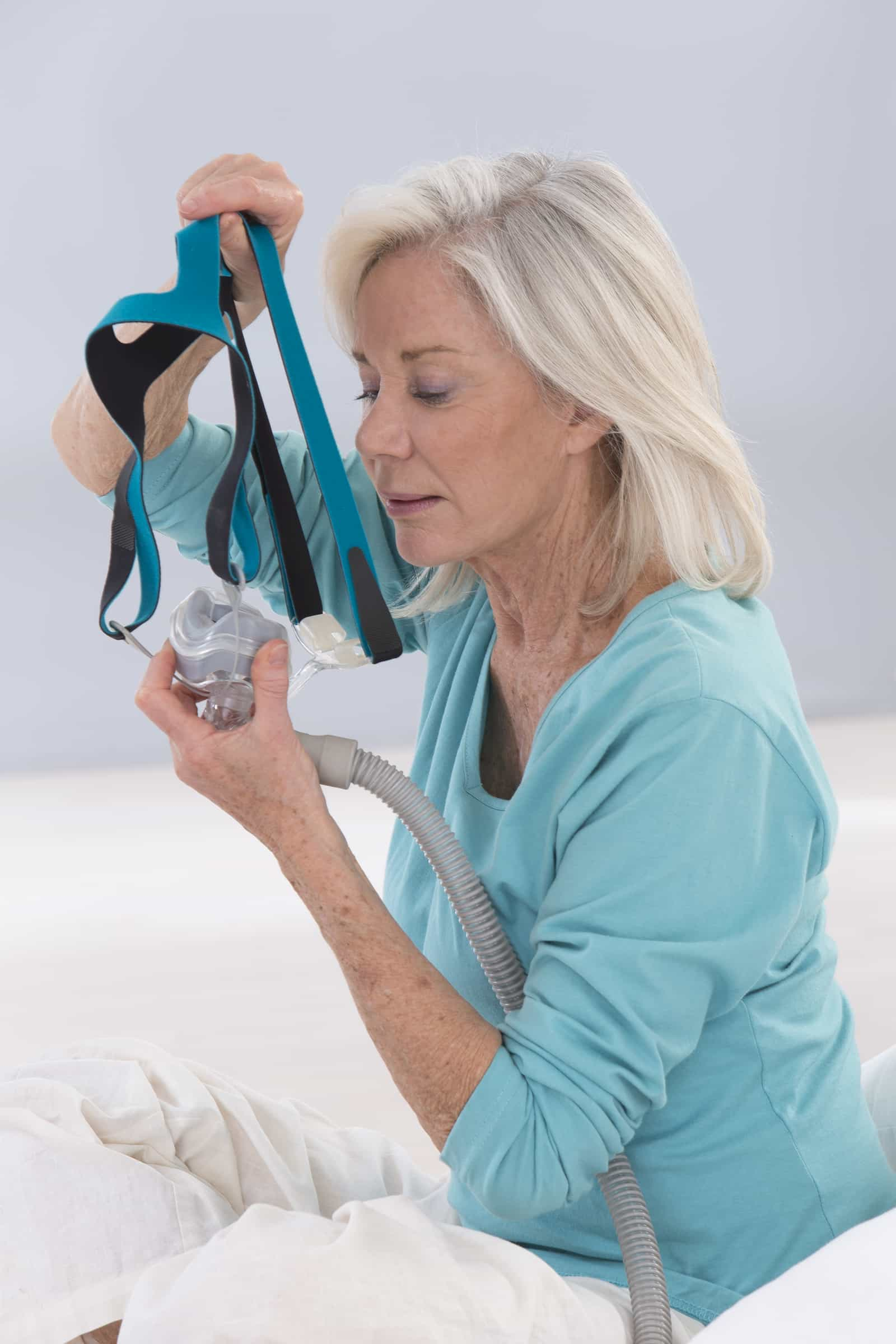
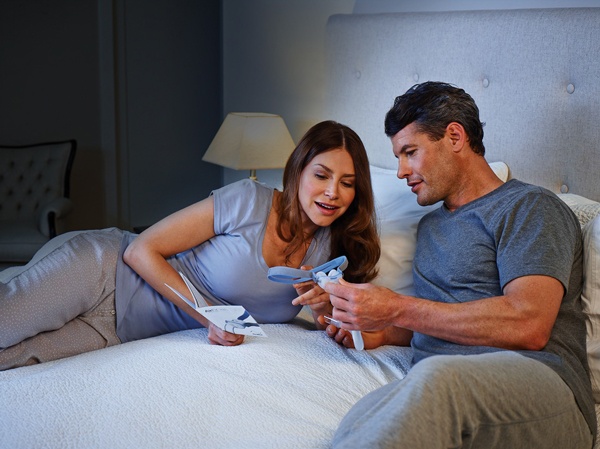
Leave a comment